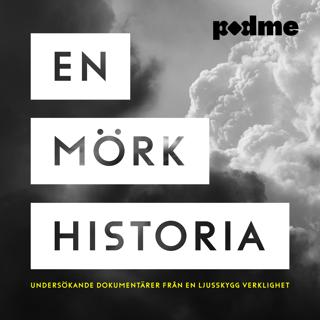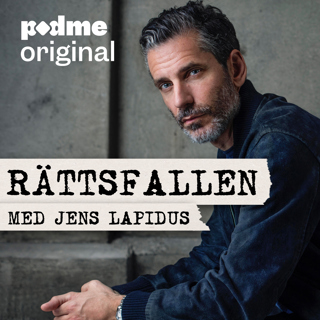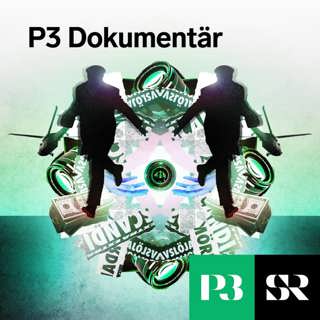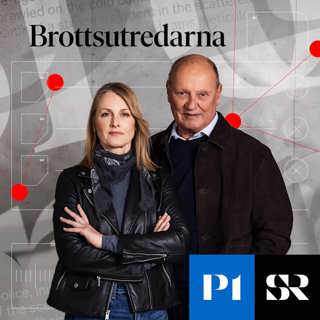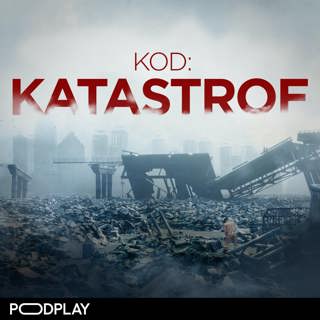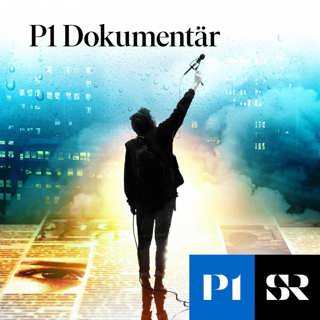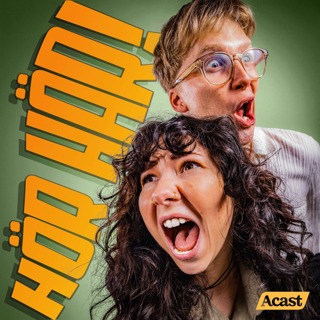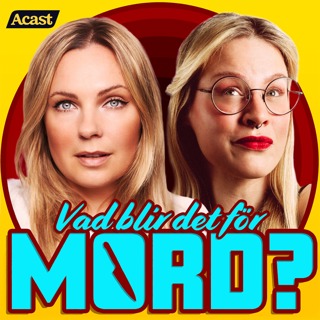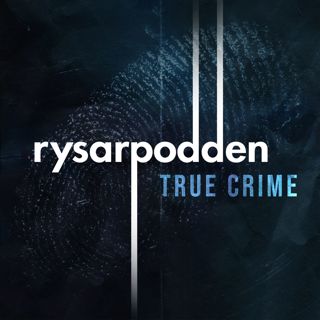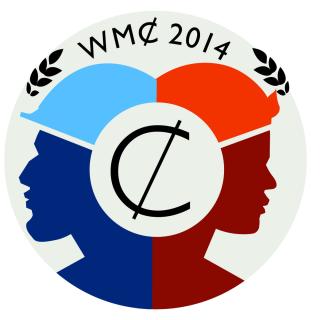
Justene Hill Edwards on the Slaves Economy and the Limits of Black Capitalism
Building on and complicating recent scholarship on slavery and capitalism, Justene Hill Edwards takes listeners on a journey through the slaves' economy. From bustling urban marketplaces to back-country roads, she highlights the myriad ways enslaved people participated in South Carolina's economy from colonialism to the Civil War. In doing so, she never loses sight of the limitations of the slaves’ economy, revealing how enslaved peoples’ investments in capitalism, while providing temporary relief, ultimately benefited the very people who denied them freedom.
4 Aug 202134min

Joshua Greenberg on the Rage for Paper Money and Monetary Knowledge in Early America
For many Americans, the question--What is a dollar worth?--may sound bizarre, if not redundant. Fluctuating international exchange rates, highly volatile crypto-currencies, counterfeit money, these are all things the average American hears about on the news, but rarely thinks about on a day-to-day basis. Even the most enthusiastic Bitcoin supporters will likely readily admit they prefer to conduct the majority of their daily transactions in a currency whose value is relatively stable, and backed by the government. And while fewer and fewer of those transactions take place using actual paper money, the fact is, the U.S. dollar remains the primary currency in which goods are quoted, traded, and payments settled across not only in the United States, but around the globe. This was not the case two-hundred years ago when Americans were obliged to live and transact in a world filled with upwards of 10,000 unique bank notes tied to different banks of various trustworthiness. This number does not even include the plethora of counterfeit bills and countless shinplasters issued by un-regulated merchants, firms, and municipalities. In this month’s episode, our guest, Joshua Greenberg explains the incredible amount of monetary knowledge required of Americans to participate in this highly volatile and chaotic market economy. An extensive monetary knowledge was necessary not just for financiers, merchants, and others operating at a high-level of economic activity, but also those who may never have had the occasion to step foot inside a bank themselves, but, nevertheless were compelled to constantly evaluate for themselves the value and authenticity of the paper money being handed to them or risk losing out.
6 Juli 202151min

Gabriel Winant on the Rusting of 'Steel City, USA' and the Rise of Healthcare
Today, healthcare workers account for the largest percentage of U.S. workers. Yet, their power pales in comparison to the unionized industrial workforce that preceded them, and whom it is their job now to care for. In this episode, Gabriel Winant explains how these two worlds--the post-war industrial economy and the post-industrial service economy--came together in 'Steel City, USA,' where during the late twentieth century the healthcare economy emerged to take advantage of the social hierarchies engendered by the American welfare state.
3 Juni 202152min

Cristina Groeger on Education, Labor, and Inequality in Boston
Despite the rising cost of tuition and a recent slump in college enrollment, many Americans continue to look to education to improve their social and economic status. Yet, more and more degrees have not led to reduced levels of inequality. Rather, quite the opposite. Inequality remains the highest its been in decades. In this episode, Cristina Groeger delves into the history of this seeming contradiction, explaining how education came to be seen as a panacea even as it paved the way for deepening inequality. Starting in the late 19th century—at time when few Americans attended college, let alone high school—she explores how schooling came to be associated with work. For some, especially women and immigrants, education offered new pathways into jobs previously held by white, native-born men. The idea that more education should be the primary means of reducing inequality, however, fails adequately account for the experience of many Americans and indeed is, Groeger argues, a dangerous policy trap. If we want a more equitable society, we should not just prescribe more time in the classroom, but fight for justice in the workplace.
3 Maj 202139min

Ronald Schatz on the Labor Board Vets and the Rise of Industrial-Labor Relations
In this episode, labor historian Ronald Schatz speaks about the National War Labor Board. Recruited by the government to help resolve union-management conflicts during World War II, many of the labor board vets went on to have long and illustrious careers negotiating conflicts in a wide-range of sectors from the steel industry to public sector unionism. Some were recruited to mitigate unrest on college and university campuses in response to student unrest. While not a traditional labor history, the history of the labor board vets is one worth paying attention to both for what it tells us about past efforts to arbitrate labor-management conflicts, and what could be in store amid future conflicts.
27 Mars 202135min

Rebecca Marchiel on Redlining, Financial Deregulation, and the Urban Reinvestment Movement
The history of red-lining is one increasingly well-known within and beyond the academy. In the 1930s, as part of an attempt to shore up the struggling economy by underwriting home mortgages, the government’s Home Owners’ Loan Corporation (HOLC), developed a series of guidelines and criteria for assessing the risk of lending in urban areas. HOLC criteria drew heavily on the racial logics employed by lenders, developers, and real estate appraisers. Thus, “A-rated” neighborhoods, those associated with the least risk for banks and mortgage lenders, tended to be exclusively white. While, “D”-rated areas, deemed the most-risky, included large numbers of black and/or other non-white residents. These neighborhoods were color-coded red on HOLC maps, hence the term red-lining. They were often denied home loans. HOLC and redlining had a dramatic effect on American cities with consequences lasting to the present day. Yet, the image of the HOLC’s color-coded maps suggests a more static relationship between lending and urban America than actually existed. In today’s episode, Rebecca Marchiel tells a more complex and nuanced story of white and black community activists who engaged with the federal government and banks in an effort to expose redlining—in its multiple forms—and imprint their own “financial common sense” on banking. In doing so, she undercuts notions that the reality depicted in HOLC’s maps was set in stone by the 1960s, when residents in Chicago’s West Side first became suspicious that they had become victims of red-lining, while at the same time revealing the alternative models of financing proposed by community activists in the urban reinvestment movement.
14 Feb 202145min

Shennette Garrett-Scott on Black Women in Finance
In this episode, Shennette Garrett-Scott explores black financial innovation and its transformative impact on U.S. capitalism through the story of the St. Luke Bank in Richmond, Virginia: the first and only bank run by black women. Garrett-Scott chronicles both the bank’s success and the challenges this success wrought, including shedding light on the bureaucratic violence that targeted St. Luke's and other black banks. Through the St. Luke Bank, Garrett-Scott gives black women in finance the attention they deserve.
2 Dec 202034min


